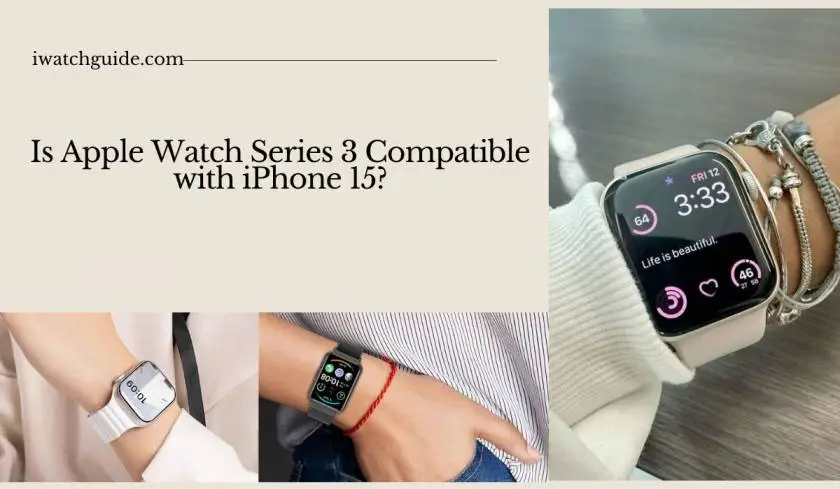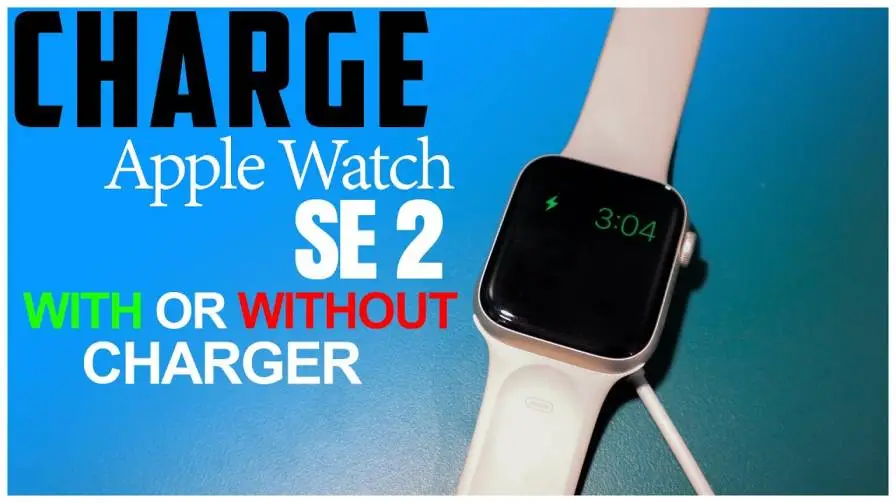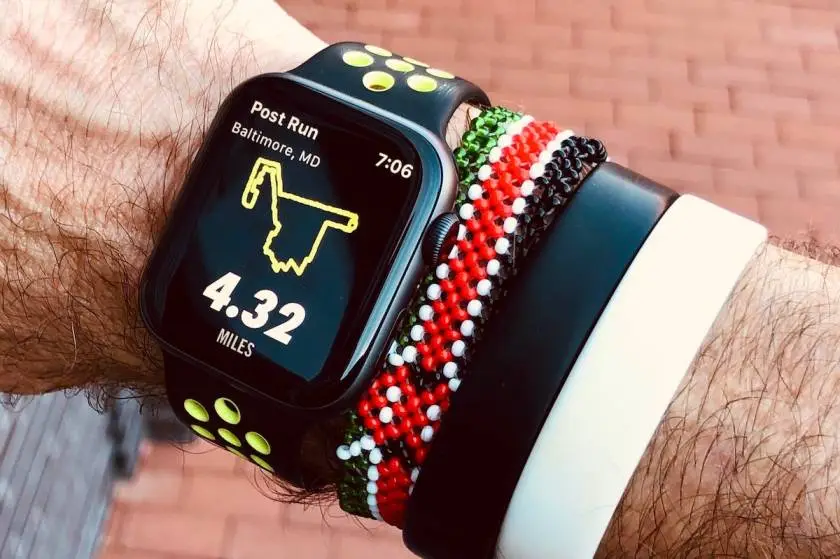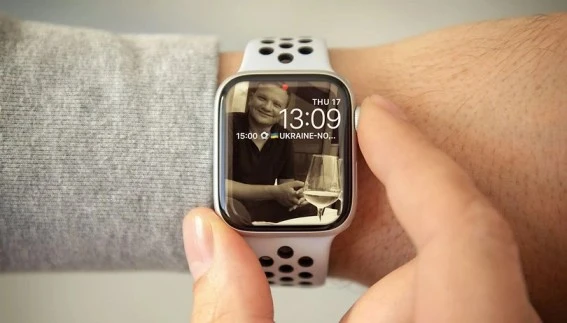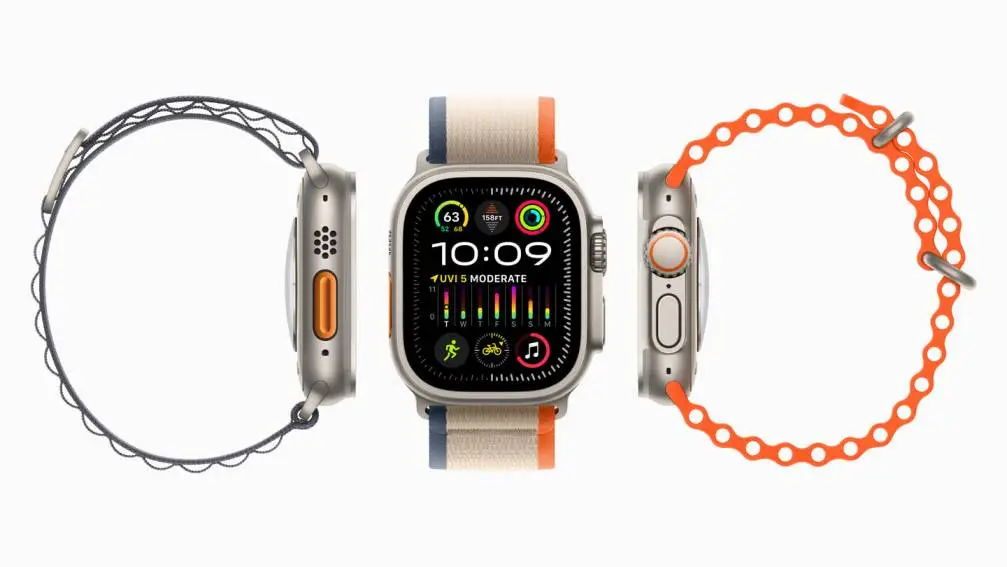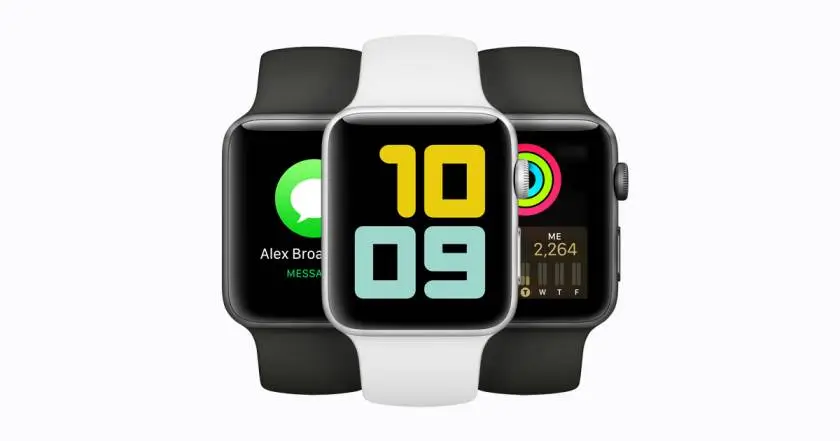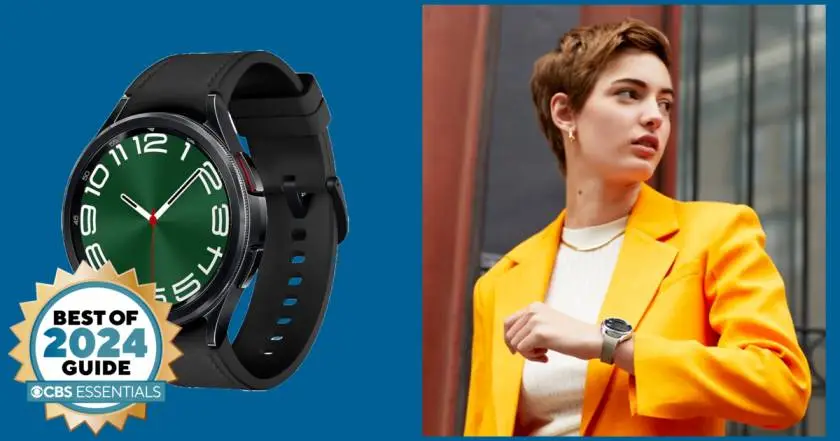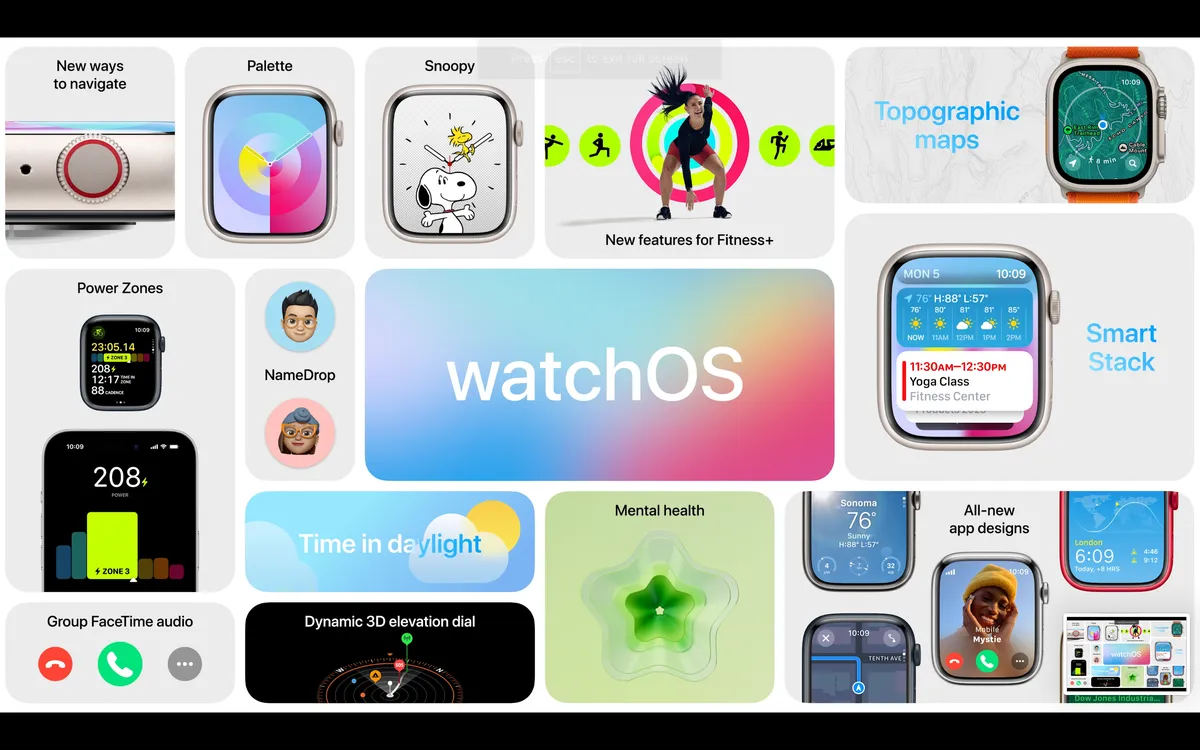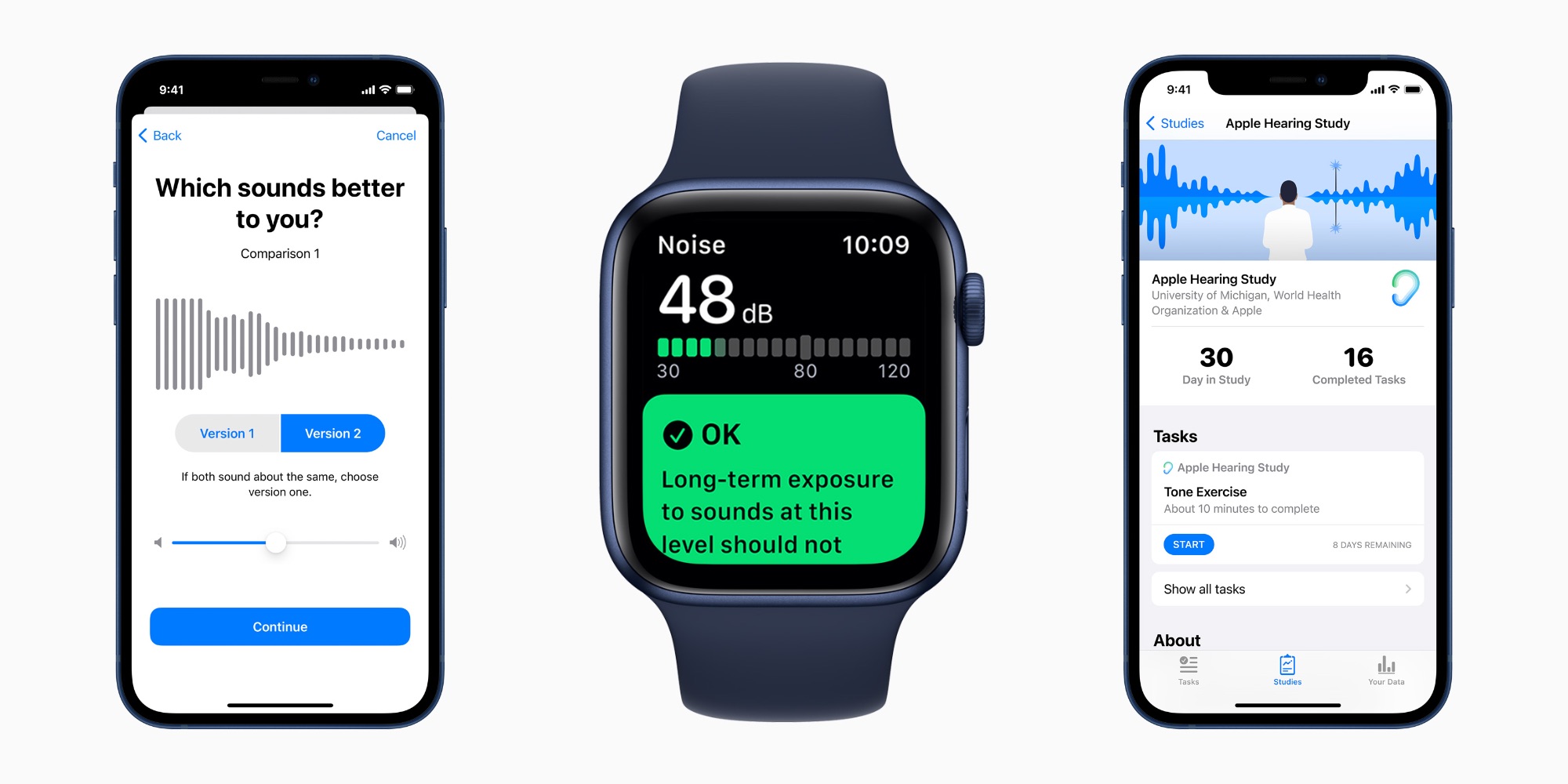
Apple shares first insights from hearing study based on iPhone and Apple Watch data
Apple launched three research studies in September 2019 that use the iPhone and Apple Watch to learn more about hearing health, women’s cycle tracking, and movement’s effect on wellbeing. A year and a half later, Apple has published what it describes as new insights gathered from the Apple Hearing Study.
The Research app allows iPhone and Apple Watch users to voluntarily participate in health studies from Apple and its research partners. This dramatically lowers the barrier for entry for participation. In turn, results can be based on much larger samples of the population than traditional studies.
The Apple Hearing Study is a partnership between Apple and the University of Michigan School of Public Health. Apple says data from the study is provided to the World Health Organization’s Make Listening Safe Initiative.
The first key insight from the Apple Hearing Study so far is that one in four participants are exposed to higher than recommended environmental sound levels:
The new insights generated leveraging this unprecedented data demonstrate that 25 percent of participants experience a daily average environmental sound exposure (which can include traffic, machinery, public transport, and so on) that is higher than the WHO recommended limit.
The Research app on iPhone includes questions that help inform researchers about overall hearing health. Based on that data, Apple learned that almost half of participants work or have worked in loud environments.
Also, nearly 50 percent of participants now work, or have previously worked, in a loud workplace. As noise exposure has shown an impact on hearing, it’s important to be aware of surroundings. Checking noise levels with the Noise app on Apple Watch can be an effective way to be more aware of sound exposure.
Apple is also sourcing volume level data from headphones, including AirPods. Based on this information from participants, the study has learned that 10% of participants are exposed to higher than recommended headphone volume levels.
Average weekly headphone exposure for one in 10 participants is higher than the WHO recommended limit. While catchy tunes can be tempting, listeners should consider listening to music and other media at the lowest enjoyable volume.
Other key insights realized from the Apple Health Study include these numbers:
- 1 in 10 participants have been professionally diagnosed with hearing loss
- 75% of those professionally diagnosed with hearing loss do not use a hearing aid or cochlear implant
- 1 in 5 participants experience hearing loss compared to World Health Organization standards
- 1 in 4 participants experience a ringing in their ears a few times a week or more
“Even during this pandemic, when many people are staying home, we’re still seeing 25 percent of our participants experiencing high environmental sound exposures,” according to Rick Neitzel, associate professor of environmental health sciences at the University of Michigan School of Public Health.
“The results of this study can improve our understanding of potentially harmful exposures, and help identify ways that people can proactively protect their hearing,”
Finally, Apple suggests a number of ways that people can positively impact their hearing health and reduce noise exposure to avoid hearing loss including this:
Access support for the Deaf and Hard of Hearing community: Hearing accessibility on iOS includes several features to support people who are profoundly deaf or hard of hearing, like Sound Recognition; FaceTime, including sign language detection in Group FaceTime; sensory alerts; and Type to Siri.
The Apple Hearing Study is available in the United States through the Apple Research app for iPhone.
FTC: We use income earning auto affiliate links. More.
Check out 9to5Mac on YouTube for more Apple news:
.
